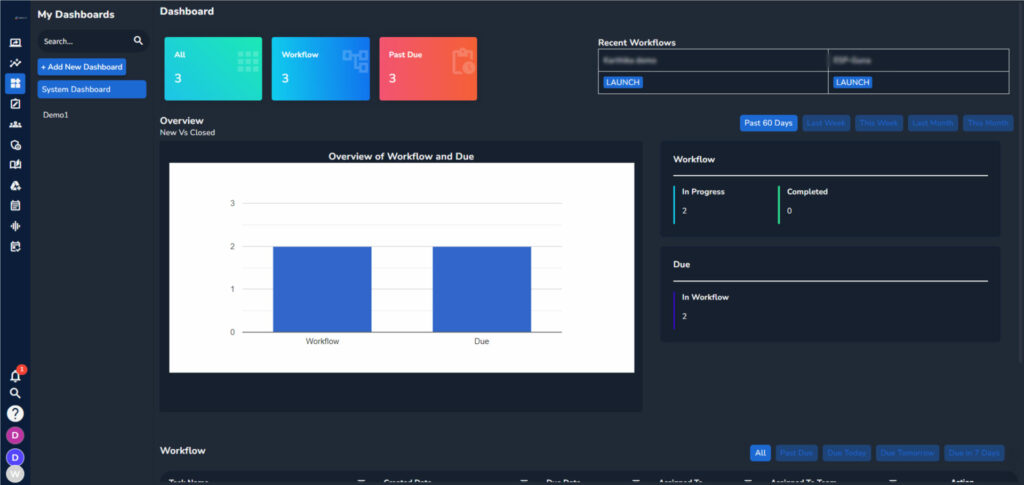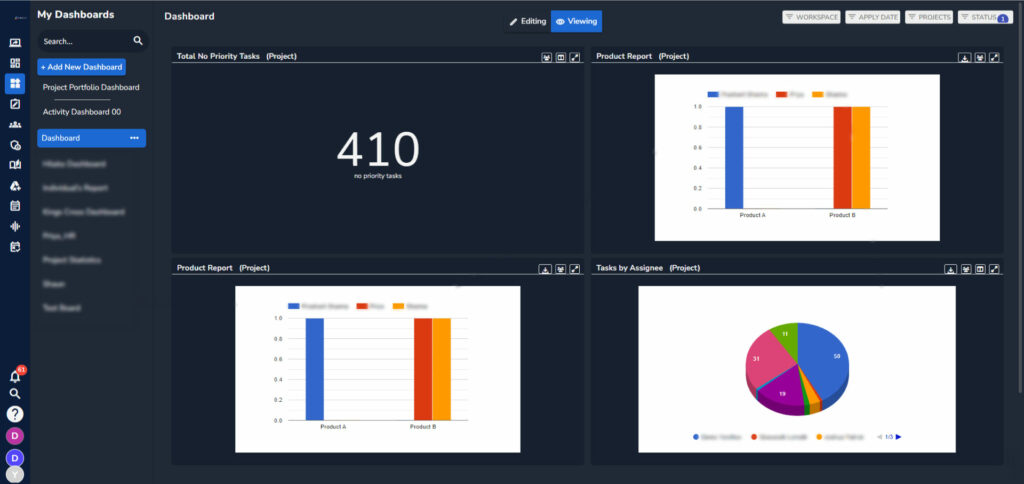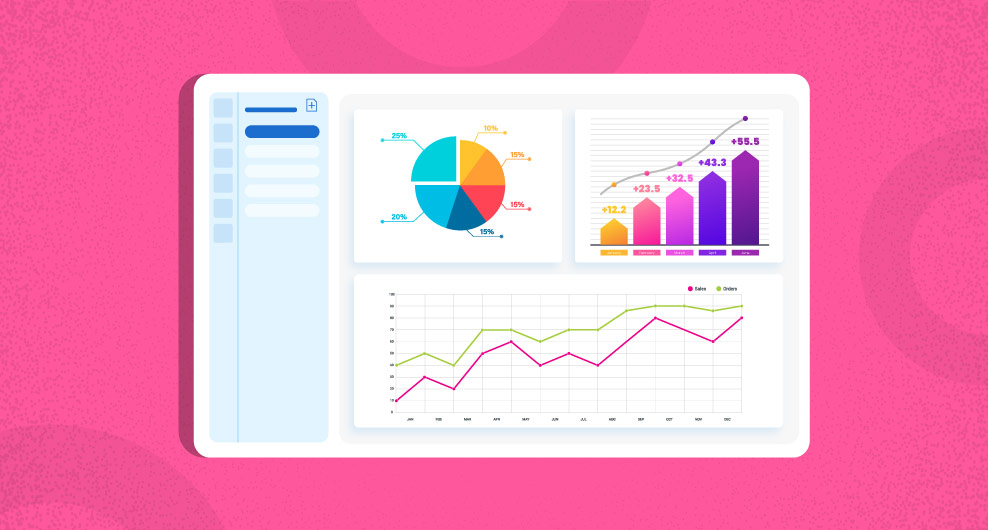Table of Contents
In the ever-evolving realm of contemporary business, the prioritization of workflow optimization stands as a cornerstone for achieving operational efficiency and heightened productivity. As we usher in the year 2024, the critical importance of delineating and integrating efficient workflows into organizational processes cannot be emphasized enough.
This article delves into the dynamic intricacies of workflows, unveiling fundamental definitions essential for navigating the complexities of business operations. Beyond elucidating the core concepts, it offers a comprehensive exploration of advanced templates and state-of-the-art tools poised to steer businesses towards unprecedented success.
In a landscape where adaptability and efficiency are synonymous with competitiveness, understanding and implementing effective workflows are pivotal. As businesses transition into the future, the insights provided encompass the latest advancements in workflow management, ensuring that organizations are well-equipped to harness cutting-edge templates and tools that foster agility, collaboration, and ultimately, triumph in the dynamic business environment of 2024.
Understanding Workflows

A workflow is a sequence of interconnected tasks or processes that collectively accomplish a specific goal within an organization. It serves as a blueprint for managing business processes, ensuring that tasks are executed in a logical and efficient order. Workflows can be visualized through workflow diagrams, offering a graphical representation of the steps involved, making complex processes more comprehensible.
Essential Workflow Definitions
Workflow Diagram
A visual representation of a workflow, illustrating the sequence of tasks, decision points, and interactions within a process. Workflow diagrams enhance understanding and facilitate effective communication about complex processes.
Workflow Management Software
Specialized tools designed to streamline and automate business workflows. These software solutions provide a centralized platform for designing, executing, and optimizing processes.
Workflow Software
Comprehensive software applications that facilitate the creation, modification, and management of workflows. These tools often include features such as automation, collaboration, and reporting to enhance workflow efficiency.
Business Process Management (BPM)
An approach that aligns business processes with organizational goals. BPM platform involves analyzing, designing, implementing, and optimizing workflows to improve overall efficiency and effectiveness.
Workflow Automation
The use of technology to automate repetitive tasks within a workflow, reducing manual intervention and improving efficiency. Automation is a key component of modern workflow management.
Cutting-Edge Tools and Templates
Gantt Charts
Gantt charts provide a visual representation of project timelines, tasks, and dependencies. In 2024, advanced Gantt chart tools offer real-time collaboration features, allowing teams to coordinate seamlessly.

Kanban Boards
Kanban boards visualize workflow stages, enabling teams to manage tasks through a system of cards and columns. This agile approach promotes flexibility and transparency in project management.
Project Management Software
Integrated project management tools enhance collaboration, tracking, and reporting. These tools often include features such as task assignment, progress tracking, and communication channels for efficient project execution.

Process Mapping
Process mapping involves creating visual representations of business processes to identify bottlenecks and areas for improvement. In 2024, advanced process mapping tools offer real-time collaboration and analytics capabilities.
Process Flow Templates
Pre-designed templates for common business processes that serve as starting points for customization. These templates expedite workflow implementation and ensure consistency in process execution.
Approval Workflow
A workflow specifically designed for obtaining approvals within an organization. These workflows automate the approval process, reducing delays and enhancing accountability.
Application Development Workflows
For organizations involved in application development, workflows play a critical role in managing the software development lifecycle. Agile methodologies, DevOps practices, and continuous integration workflows are integral to delivering high-quality applications efficiently.
The Future of Workflows in 2024
As we gaze into the future, the trajectory of workflows becomes inseparable from the rise of cutting-edge technologies and a heightened emphasis on user-friendly, collaborative tools. Anticipating a transformative landscape, Artificial Intelligence (AI) and Machine Learning (ML) are poised to become pivotal players in the realm of workflow optimization. The integration of AI and ML is anticipated to revolutionize traditional processes by introducing predictive capabilities and automating routine tasks.
AI’s predictive prowess holds the promise of foreseeing potential bottlenecks and suggesting preemptive solutions, thereby enhancing overall workflow efficiency. Machine Learning, on the other hand, contributes by adapting and improving processes over time based on data-driven insights. Together, these technologies mark a paradigm shift in how workflows are managed, ensuring adaptability and responsiveness to the ever-evolving demands of the business landscape.
This symbiotic relationship between emerging technologies and workflows not only streamlines operations but also empowers organizations to achieve unprecedented levels of productivity. The collaborative synergy between human intelligence and technological capabilities is set to define the future of workflows, offering a dynamic and responsive approach that aligns seamlessly with the fast-paced nature of modern business environments.
Conclusion
In the ever-evolving landscape of business processes, understanding, defining, and implementing efficient workflows is essential for success. As we step into 2024, the convergence of advanced tools, templates, and technologies is reshaping how organizations approach workflow management. From visualizing processes with workflow diagrams to leveraging cutting-edge project management software, businesses have a myriad of tools at their disposal to drive efficiency and productivity. By embracing these workflow definitions and templates, organizations can navigate the complexities of modern business with agility and effectiveness, ensuring a competitive edge in the years to come.




